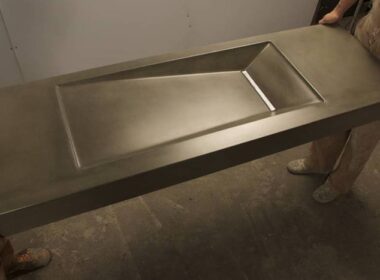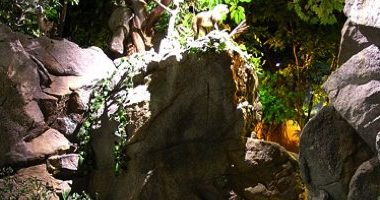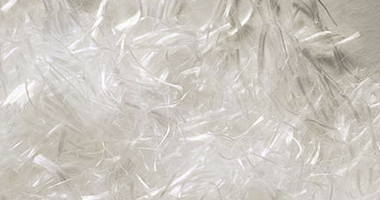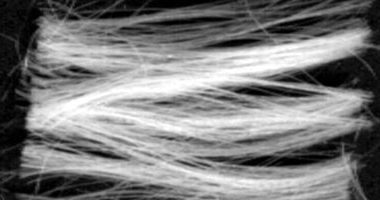Let’s start at the beginning: What is GFRC, what are its benefits and what are its downsides? GFRC stands for glass-fiber reinforced concrete. The GFRC I use is a composite of portland cement, silica sand, Forton VF-774 , Liquefaction Compound, Vitro Minerals VCAS-micronHS, water, and alkali-resistant chopped glass-fiber strands.
Tag: GFRC
Synthetic Rock Features using GFRC
Glass-fiber reinforced concrete and other materials can be molded to make rock structures so natural-looking, even Mother Nature will be fooled.
Choices in Fiber Reinforcement for Concrete
Fiber reinforcement protects concrete in two ways. Mainly, it minimizes cracking from plastic shrinkage that occurs as the concrete dries during the first 24 hours after placement. Also, it helps hold the concrete together if cracks develop after the concrete has hardened. Several types of fibers are available for decorative concrete applications.
Decorative Techniques with Fiber Reinforcement for Concrete
Builders have been using fibers to reinforce clay, plaster, mortar, and concrete since ancient times. According to the fifth chapter of Exodus, Pharaoh knew the value of fiber reinforcement when he commanded the Jews to find their own straw for making bricks.













